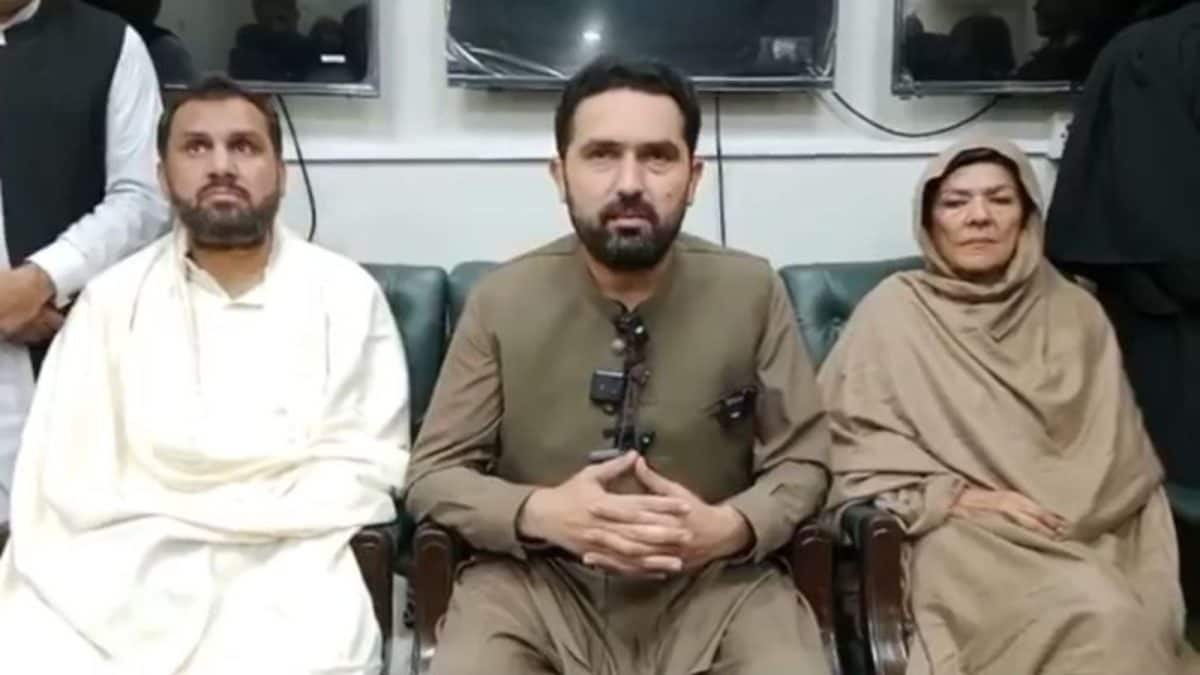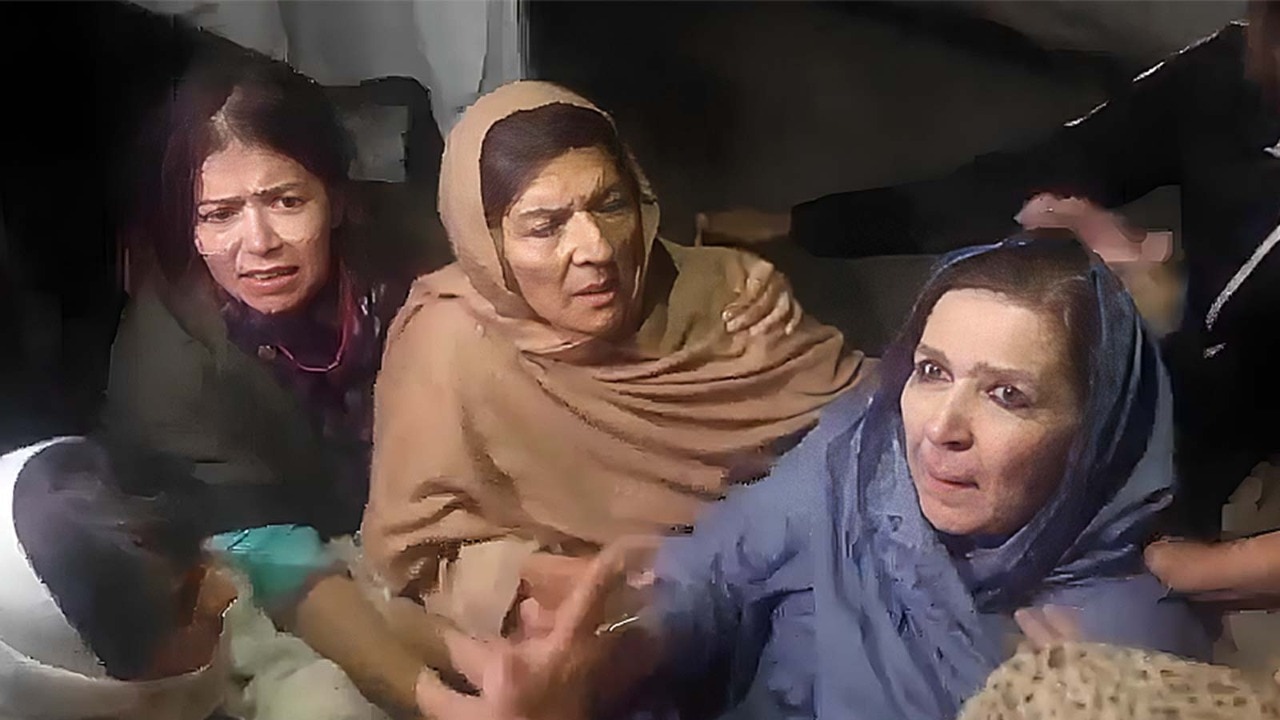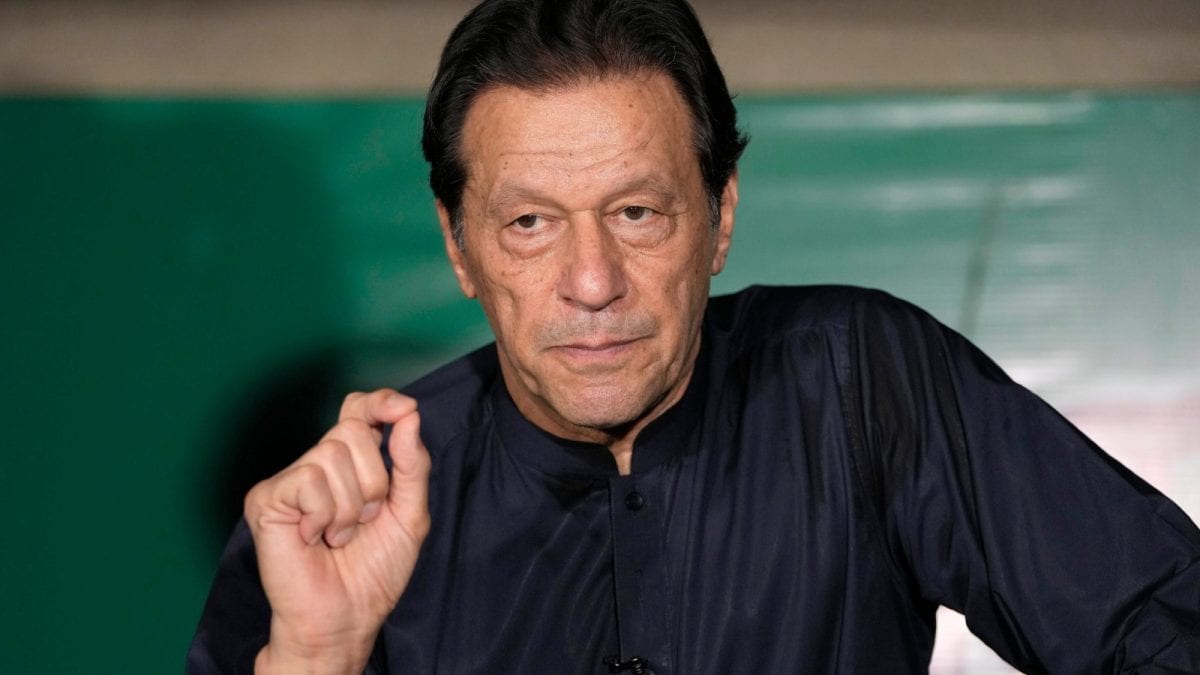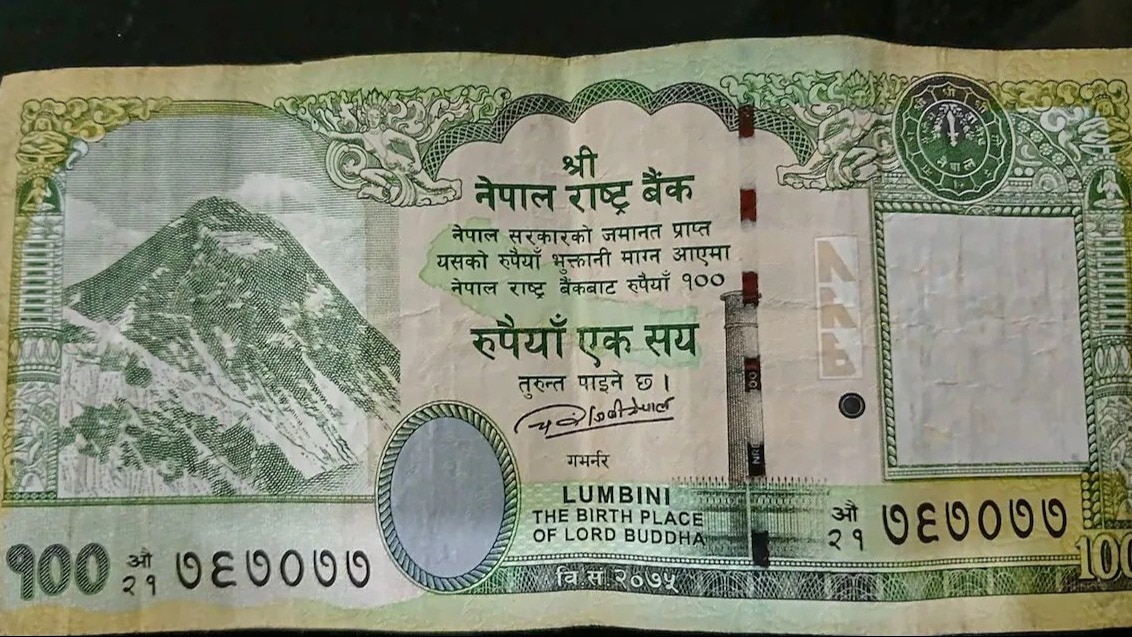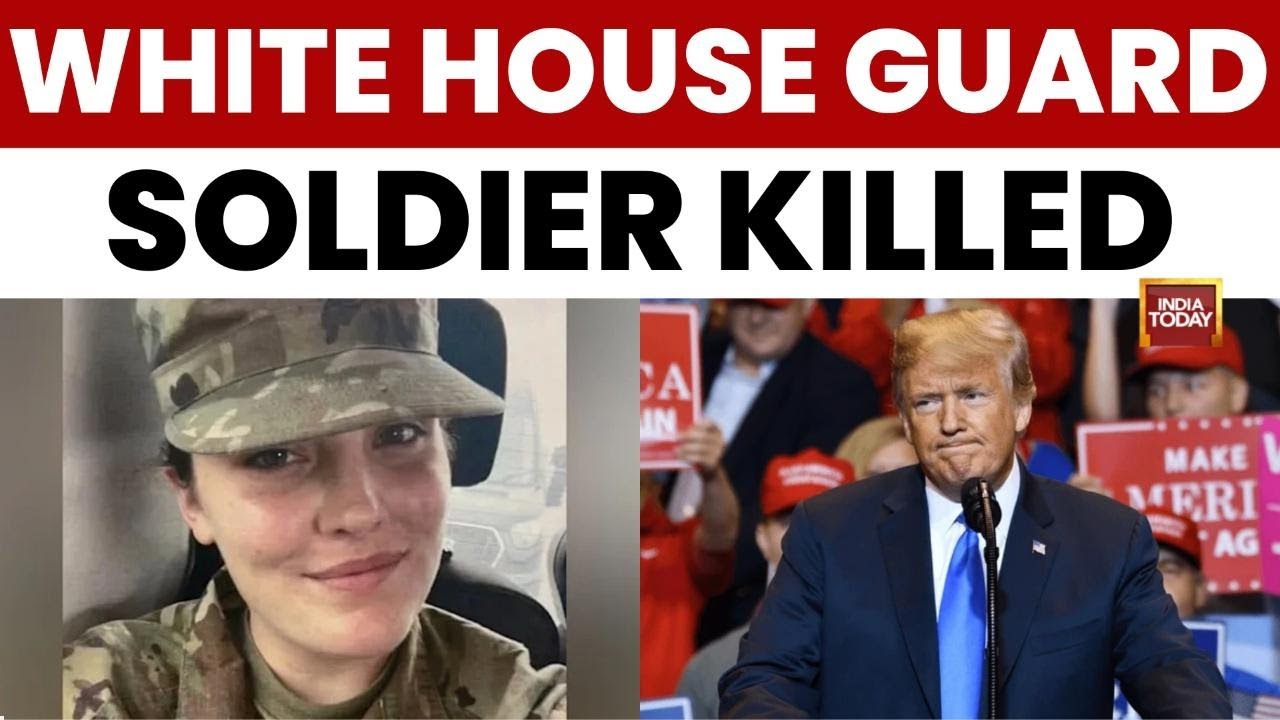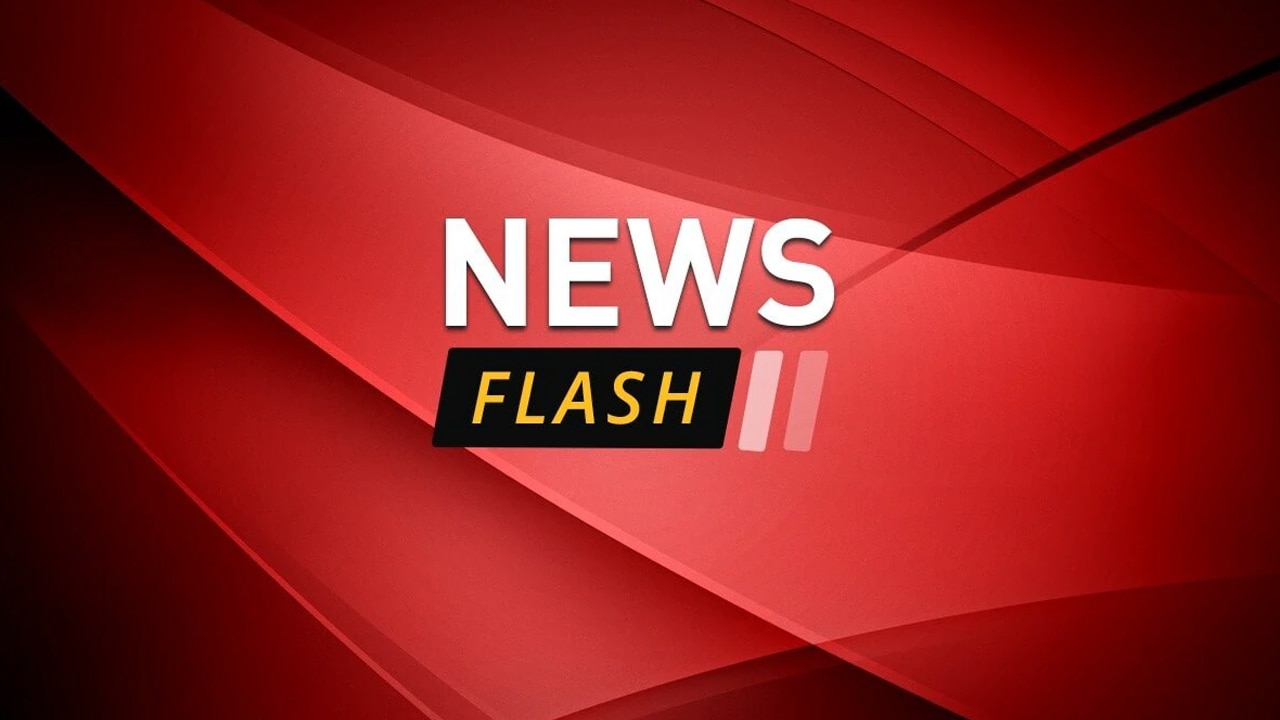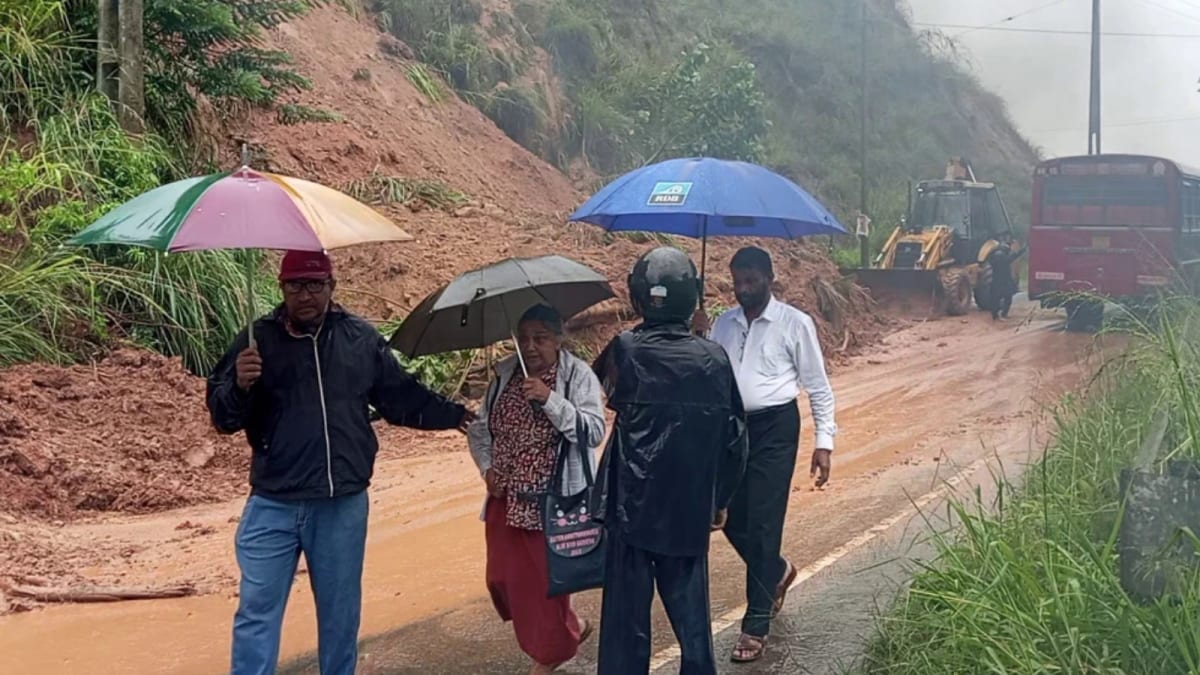Last Updated:November 28, 2025, 12:38 IST
As Donald Trump vows to halt migration from ‘Third World’ countries, questions rise about how the term is defined and where India fits.
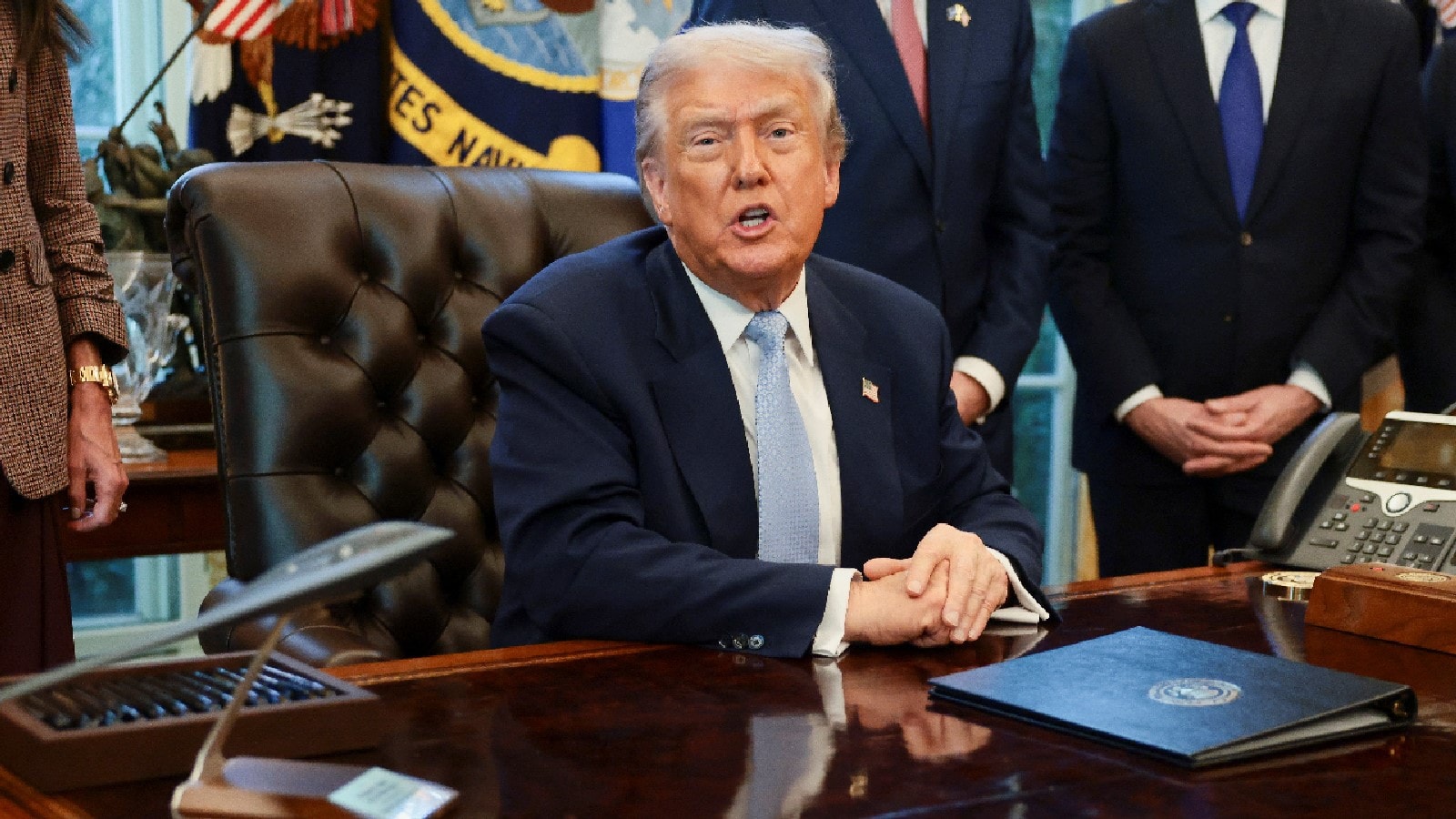
In the wake of the shooting near the White House, US President Donald Trump announced a sweeping new immigration push, declaring that the United States would “permanently pause migration” from what he termed “Third World Countries.” (Image: Reuters)

Posting late at night on his Truth Social account, Trump sharply criticised the previous Joe Biden administration, accusing it of enabling “illegal admissions.” He argued that such policies had undermined improvements in living standards despite technological progress. (Image: Reuters)
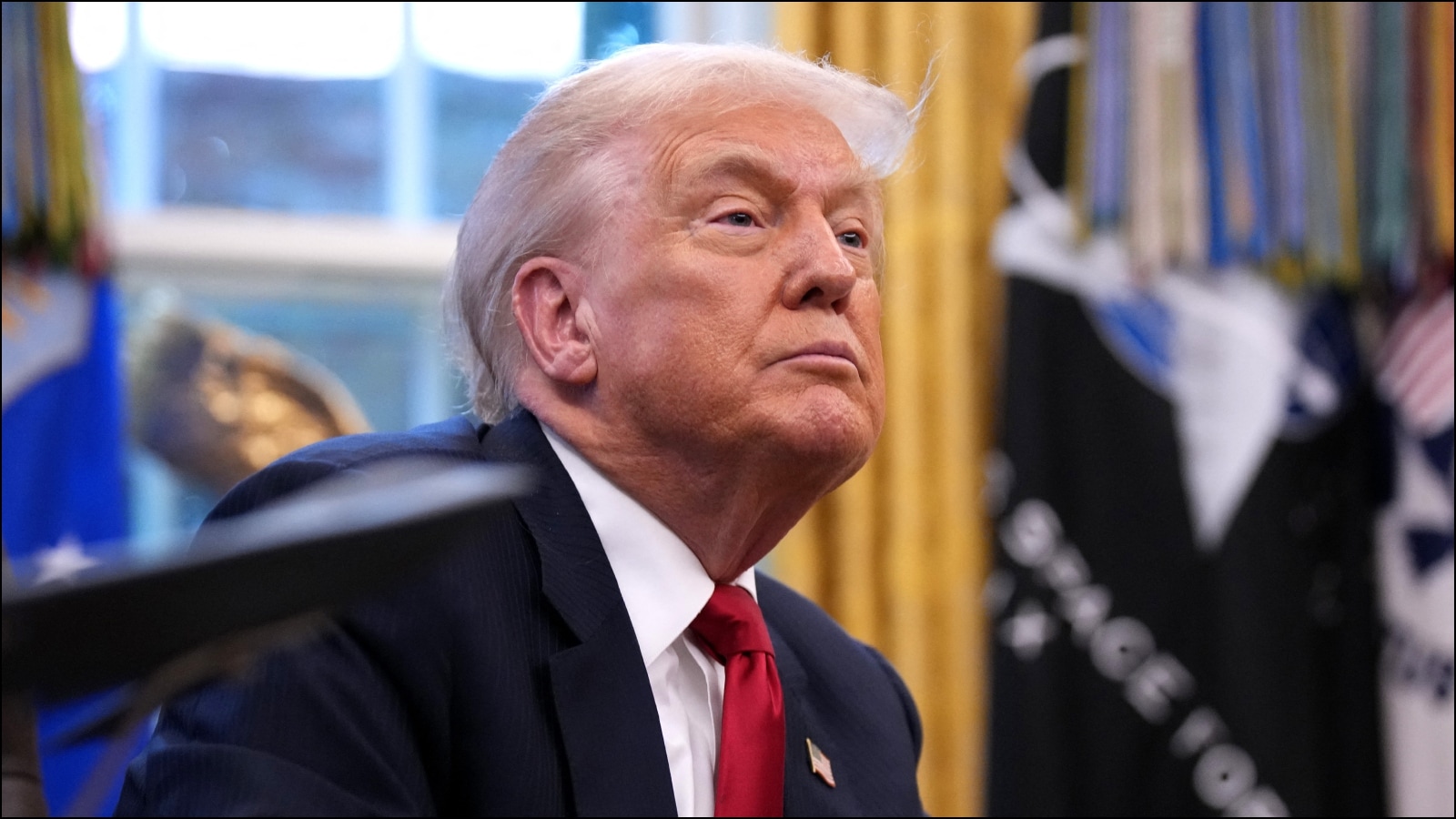
“Even as we have progressed technologically, Immigration Policy has eroded those gains and living conditions for many,” he wrote. “I will permanently pause migration from all Third World Countries to allow the U.S. system to fully recover, terminate all of the millions of Biden illegal admissions, including those signed by Sleepy Joe Biden’s Autopen, and remove anyone who is not a net asset to the United States, or is incapable of loving our Country… denaturalize migrants who undermine domestic tranquility, and deport any Foreign who is a public charge, security risk, or non-compatible with Western Civilization.” (Image: AFP)
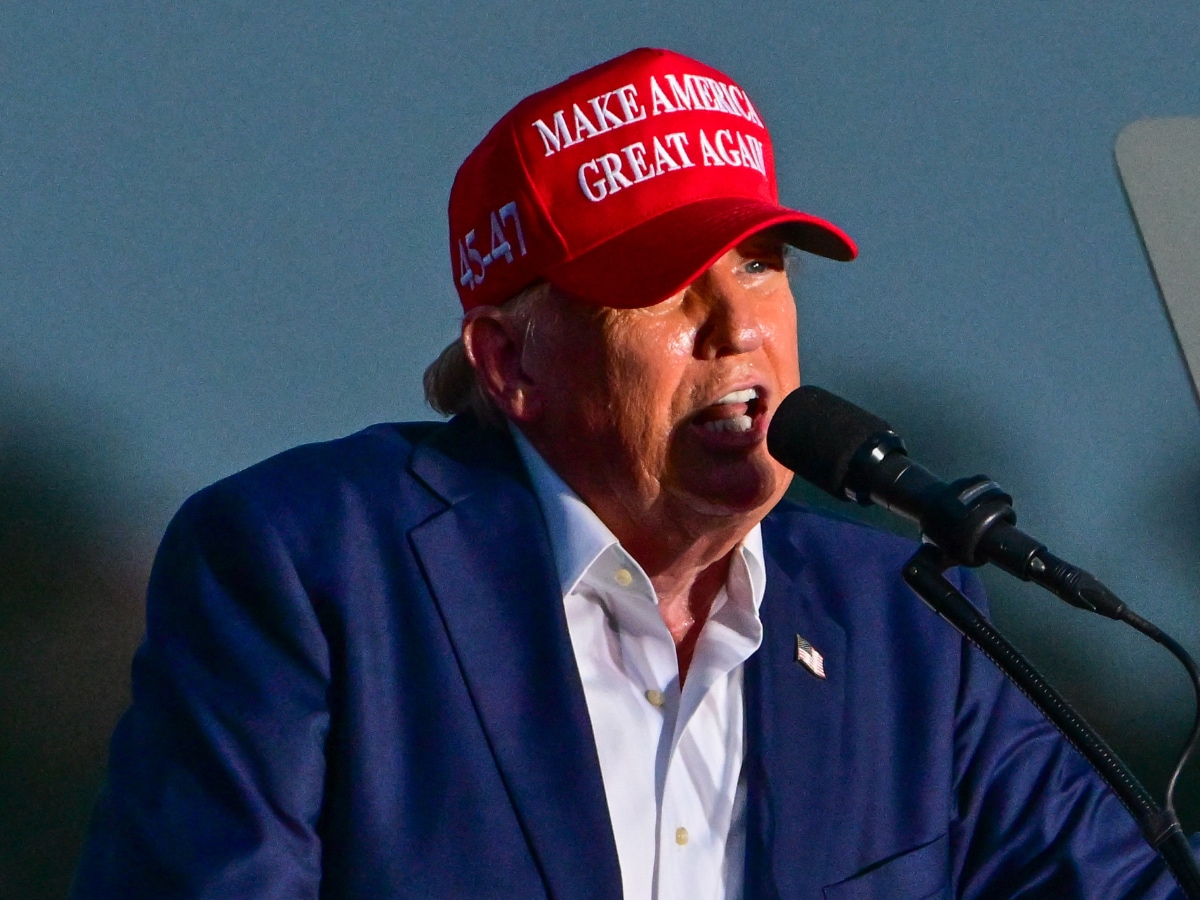
Trump added that the measures were intended to sharply reduce what he described as “illegal and disruptive populations,” including individuals admitted through what he called an “unauthorized and illegal Autopen approval process.” He did not specify which nations he considered “Third World Countries,” leaving the category undefined. (File Photo)
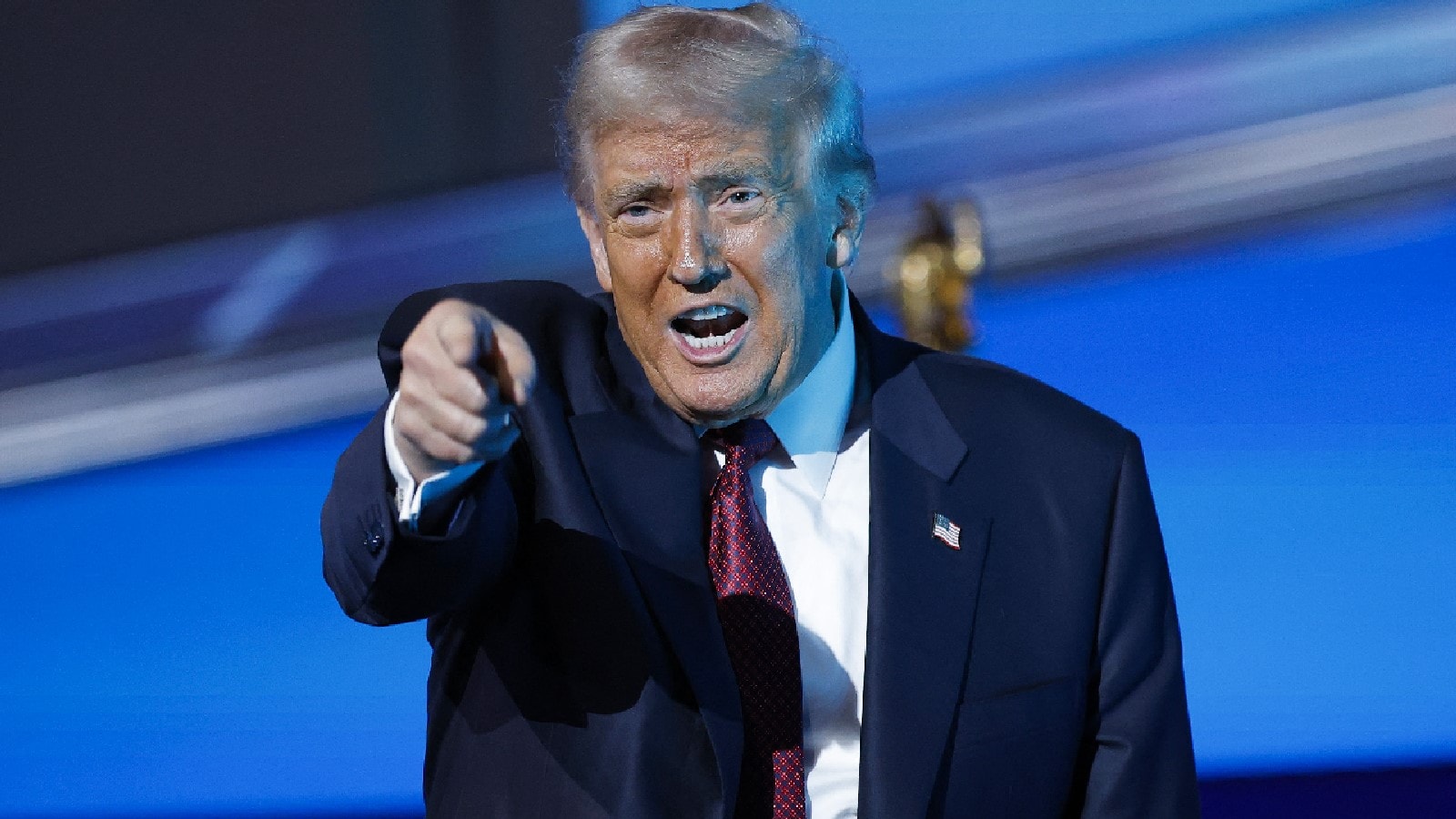
What “Third World Country” Means: Understanding the phrase “Third World” requires revisiting its origins and how its meaning has shifted over time. The term was coined in 1952 by French demographer Alfred Sauvy, whose framing linked the concept to post‑war political and scientific ideas. Although paradoxically pro‑colonialist, Sauvy portrayed the “Third World” as an active force in global change, allowing anticolonial leaders to adopt the term even though he partly intended it as a response to the U.S. notion of “underdevelopment.” (File Photo)
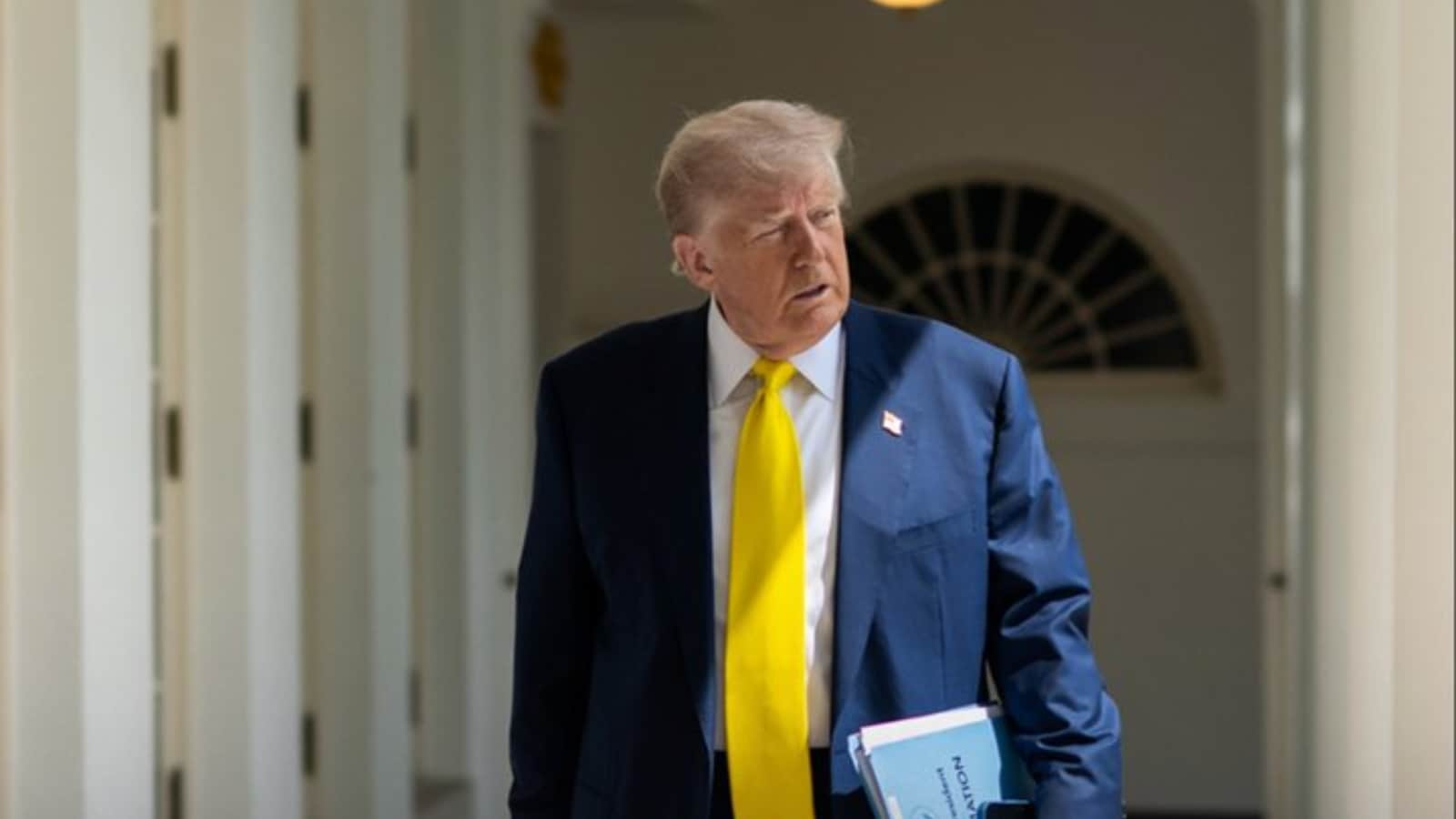
Cold War Usage: During the Cold War, “Third World” had a strictly political meaning - First World: NATO‑aligned states | Second World: Communist Bloc nations | Third World: Countries aligned with neither side. Under this definition, neutral states such as Switzerland, Finland, Ireland, and Austria technically fell into the “Third World,” despite not fitting modern perceptions. (Image: X)
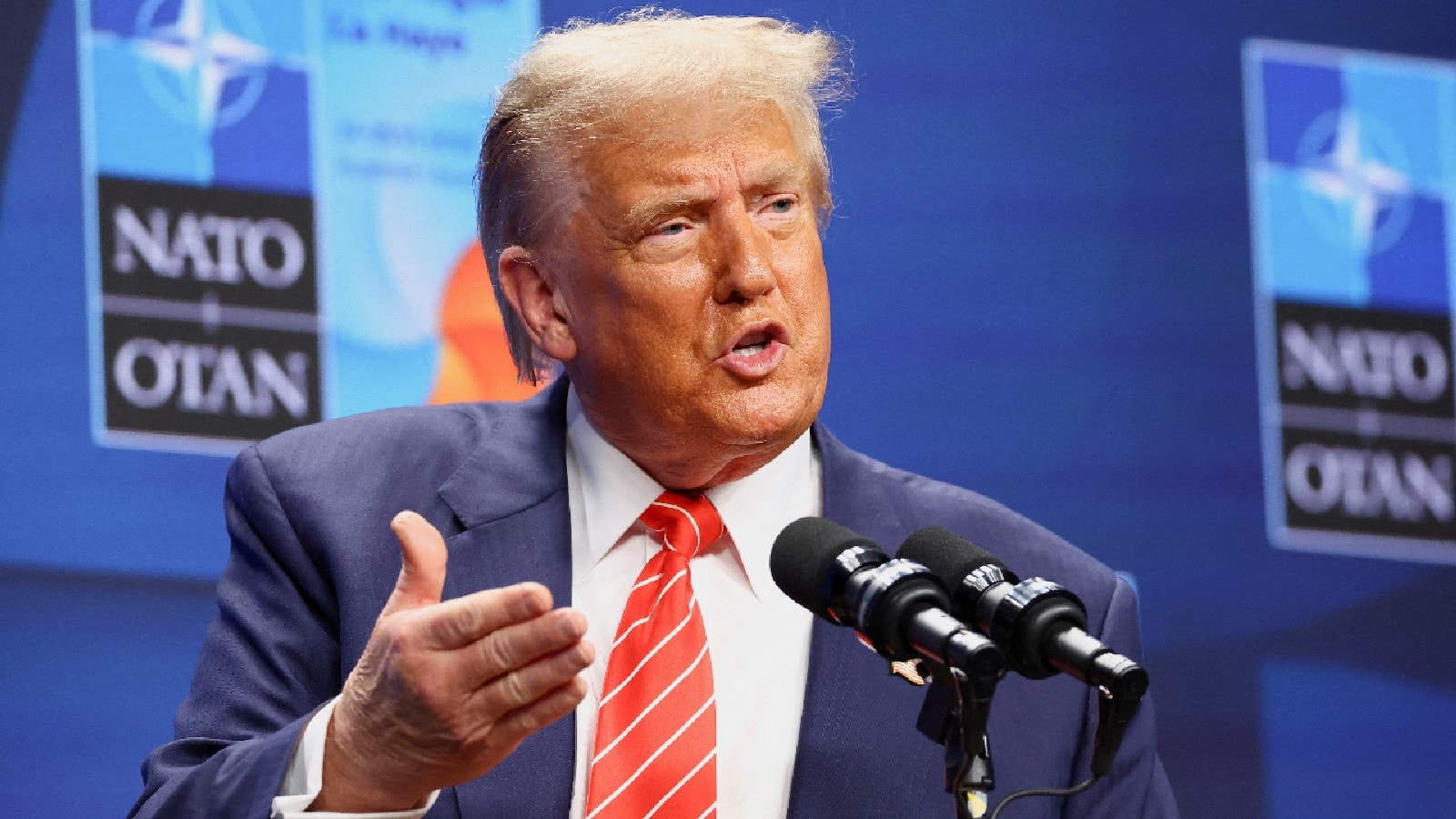
Modern Usage: After the Soviet Union collapsed in 1991, the term lost its geopolitical meaning. Today, it is commonly used, though controversially, to describe economically disadvantaged or developing nations. These countries often face high poverty levels, political or economic instability, and elevated mortality rates. Because the Cold War and modern meanings differ so sharply, confusion about which countries qualify is common. (Image: Reuters)
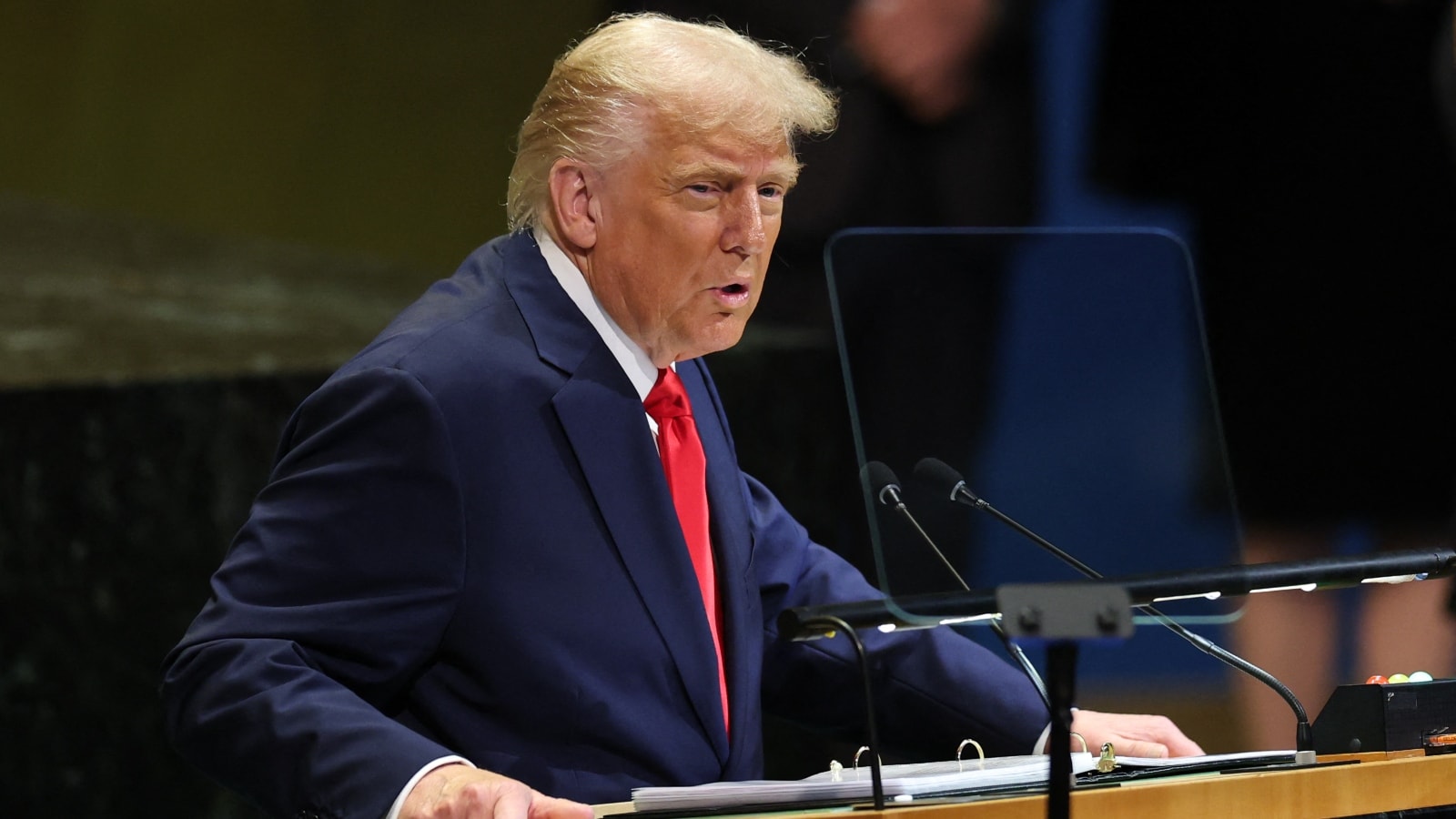
The modern use of “Third World” has drawn criticism for being disrespectful and implying a hierarchy of nations. The idea that “First World” countries are inherently superior, or that “Third World” nations are universally deficient, is inaccurate and misleading. As a result, the term has largely fallen out of favour since the 1980s. Many now prefer more precise, neutral terms such as Developing countries, Least Developed Countries (LDCs), and Low‑income countries. These classifications are based on economic and human development indicators rather than Cold War politics. (File Photo)

The United Nations currently lists 44 countries as Least Developed Countries (LDCs), which receive special assistance and preferential access to global markets. As of December 2024, the list includes: 32 in Africa (e.g., Angola, Ethiopia, Malawi, Rwanda, Uganda, Zambia), 8 in Asia (e.g., Afghanistan, Bangladesh, Nepal, Yemen), 1 in the Caribbean (Haiti), and 3 in the Pacific (Kiribati, Solomon Islands, Tuvalu). Some UN member states such as Monaco, Nauru, North Korea, and Somalia, are not included in the Human Development Index list, though most would likely fall into developing or least‑developed categories if evaluated. (Image: AFP)
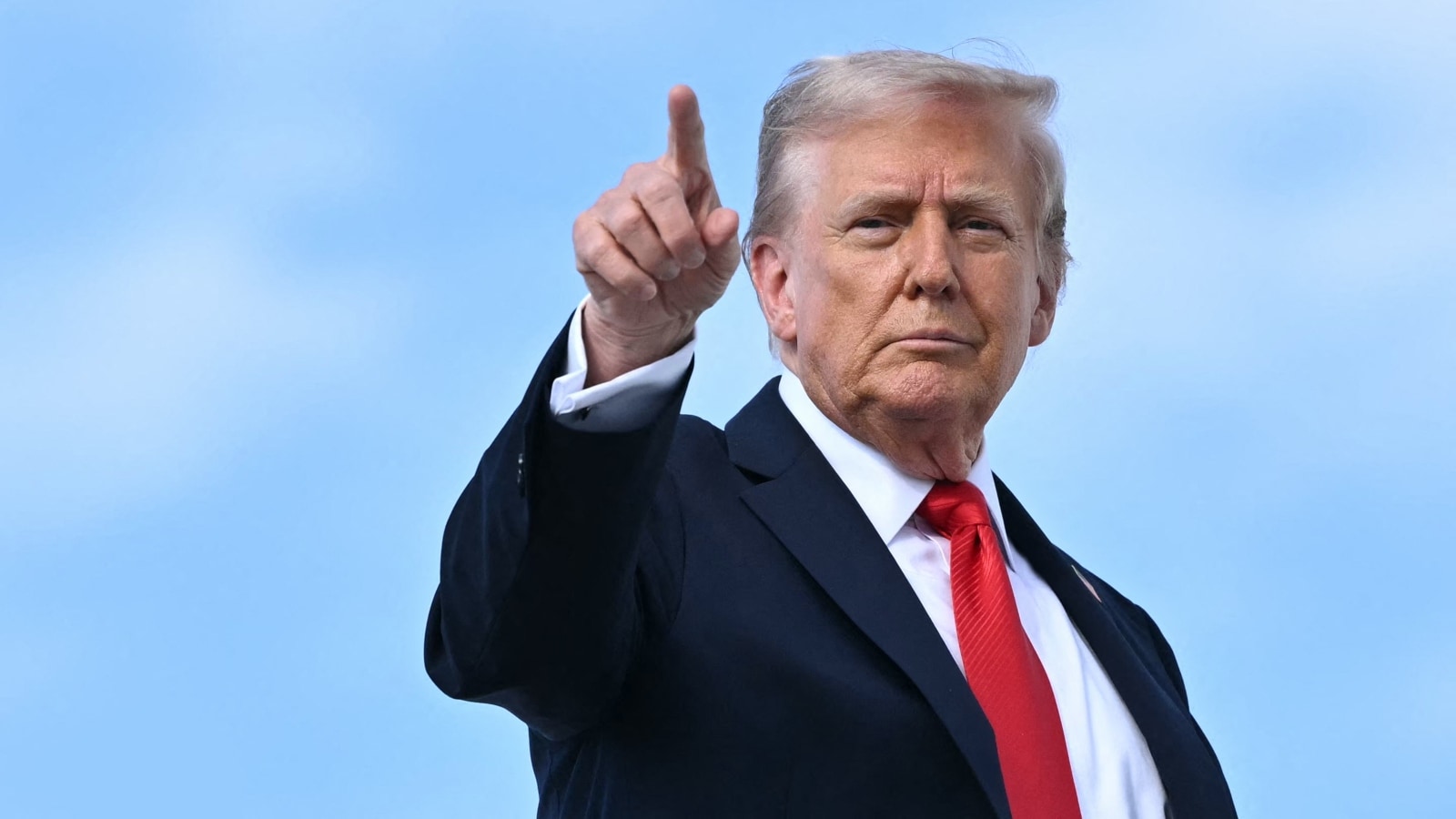
Is India a “Third World Country”? Whether India falls under Trump’s proposed category depends entirely on how he defines “Third World,” which he did not clarify. Under Sauvy’s Cold War definition, India was non‑aligned and could historically be placed in the “Third World.” Under the modern economic interpretation, India is classified as a developing country, not an LDC. According to the World Population Review, India’s 2025 Human Development Index (HDI) is 0.685, placing it in the “developing” bracket. In short, India is not part of the UN’s list of Least Developed Countries. But because Trump did not specify which definition he was using, it remains unclear whether India would be included or excluded from his proposed immigration halt. (Image: AFP)
News Photogallery world Trump’s Migration Pause: Which Nations Fall Under ‘Third World’? Where Does India Stand?

 55 minutes ago
55 minutes ago
